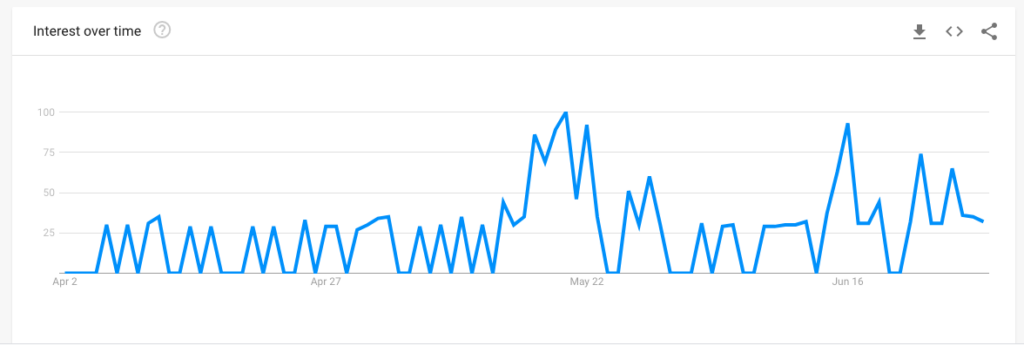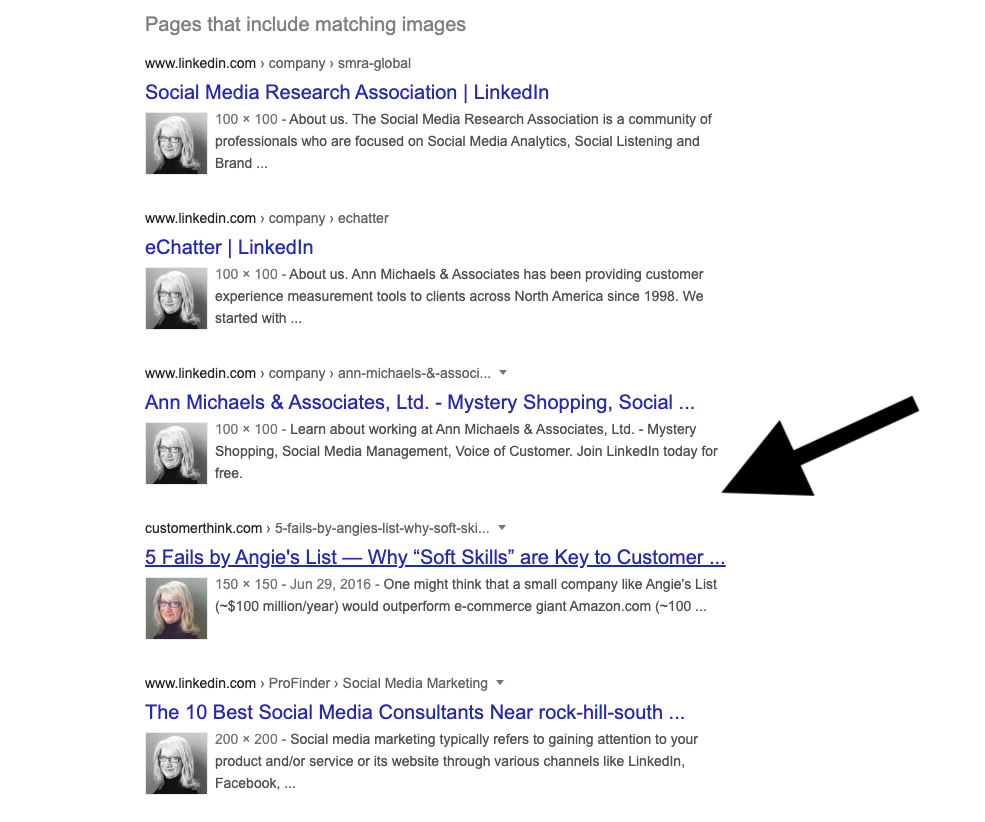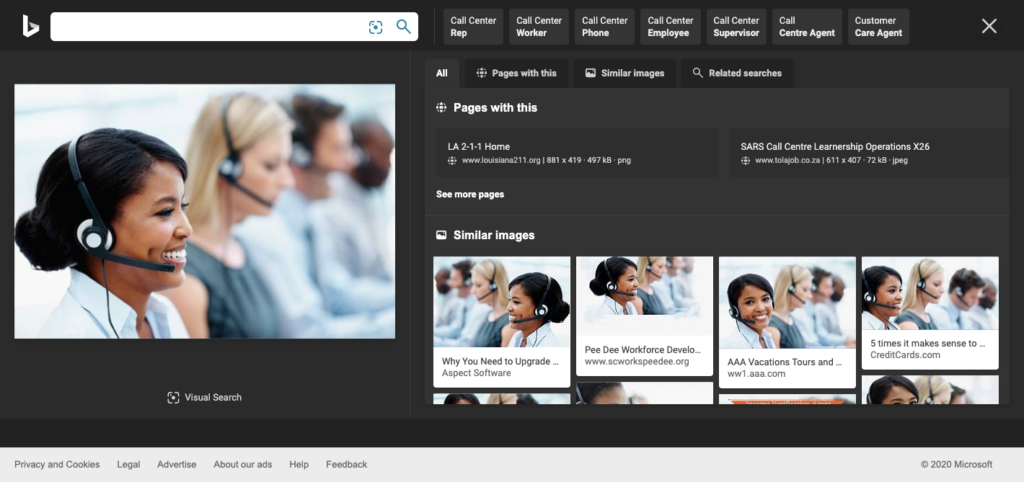One area that OSINT & Social Media Researchers have in common with Social Media Marketers, is the challenge of staying ahead of the social media curve. It seems like almost weekly, social platforms change something. Most of the changes have to do with ease of use for the user or trying to adhere to changing policy regulations.
Facebook Classic VS New Facebook
Facebook recently changed the way your profile looks to a new version. They allow you the opportunity to toggle back and forth if you wish. The New Facebook update is also referred to as FB5. Facebook wants its platform to be centered around group and events more than in the past. It has a white background or you can choose a dark mode.
How does this affect our investigations? How is Facebook 2020 different from Facebook 2019? One area of interest is the emphasis on groups. We have discussed this in the past, but I think it deserves another look and mention.
Pocket-Link reports, “Facebook said the Groups Tab has been overhauled to make finding new groups that you might be interested in even easier. The feed for groups will also serve up recent activity within groups you’re a member of and may even replace the News Feed as the default feed. You’ll also see more connections among groups and the Facebook features you use the most, such as Marketplace or Facebook Watch.
OSINT Facebook Tips
So how does this relate to searching Facebook? While some things may change, others remain the same. Searching for the Profile ID is still the same. Once you receive that information, you are able to use some other methods and tools to make your searching easier. This can be found in “properties” by right clicking on a profile page.

The person’s page ID can never change. Even if they change other aspects of their profile. Once you have this, check to be sure it is correct. In your browser, type in facebook.com/ID#, as a way to verify you have the correct number.
Facebook Market Place
Once you have Market Place as part of your profile, you can easily go and search there for your subject’s name. If you find something, you can see under the person’s name, the date in which they joined Facebook. This may be helpful in identifying when they joined. If you recently joined Facebook, you will not be able to participate in Facebook Marketplace. Another social media curve ball.
In future blogs we will dive into business page profiles and some good information you can glean from it. When doing a corporate scan, this is an overlooked area of interest.
Check back frequently or subscribe to our blog!









